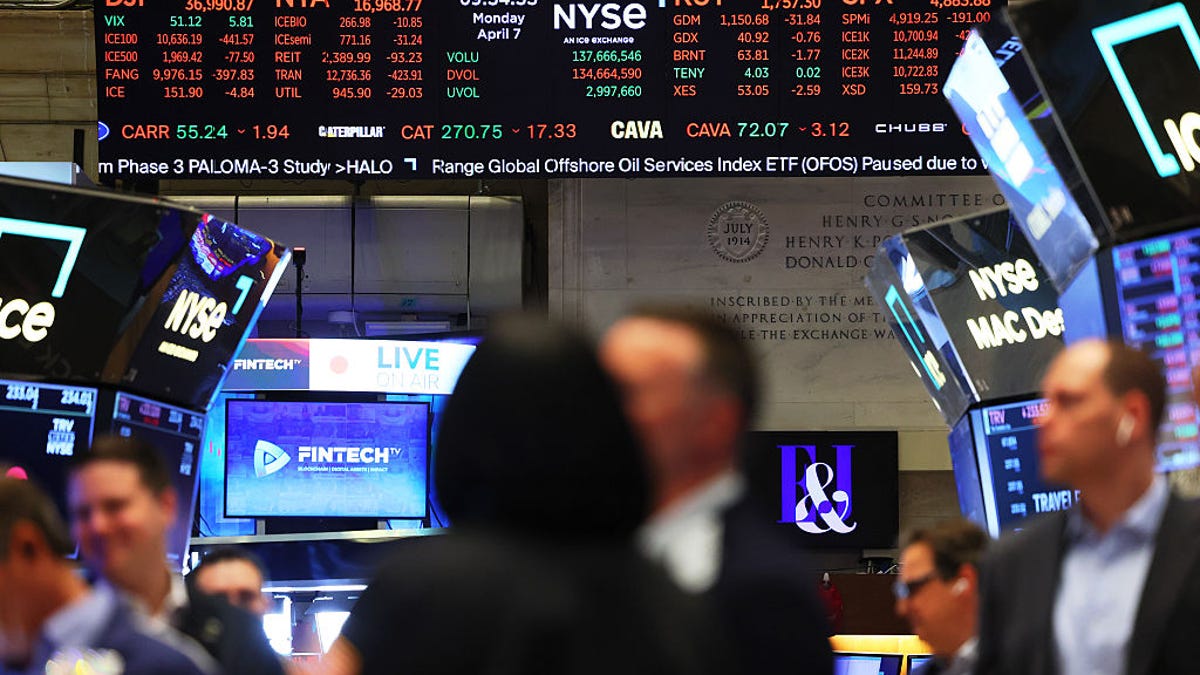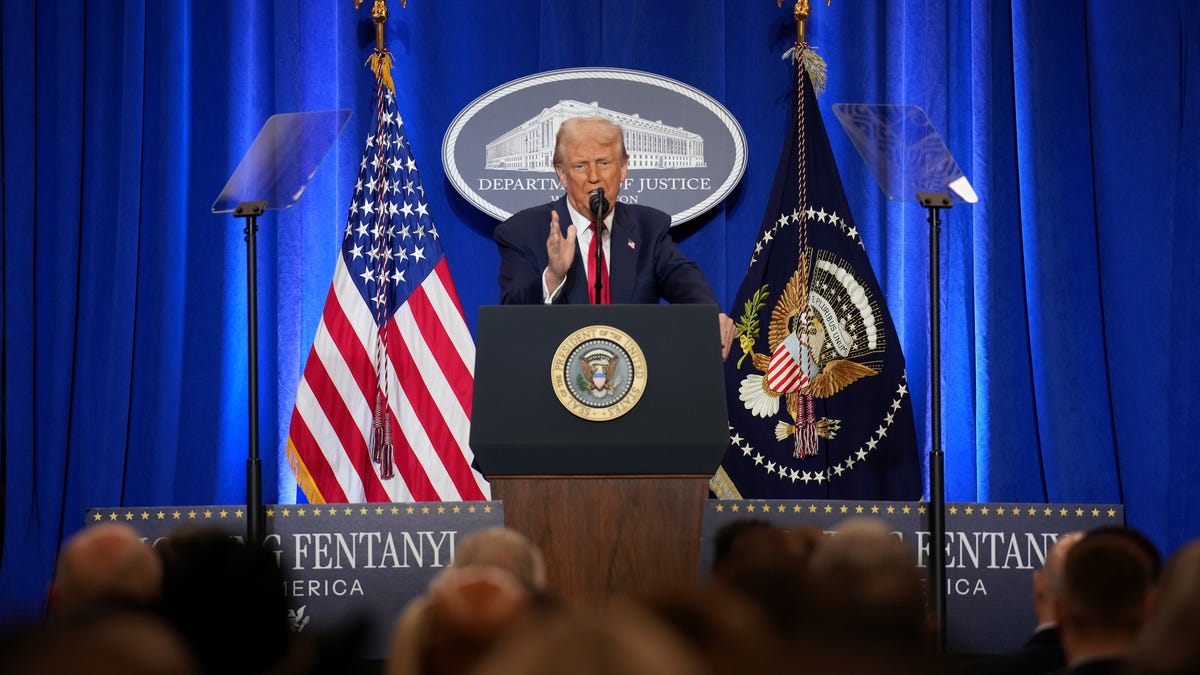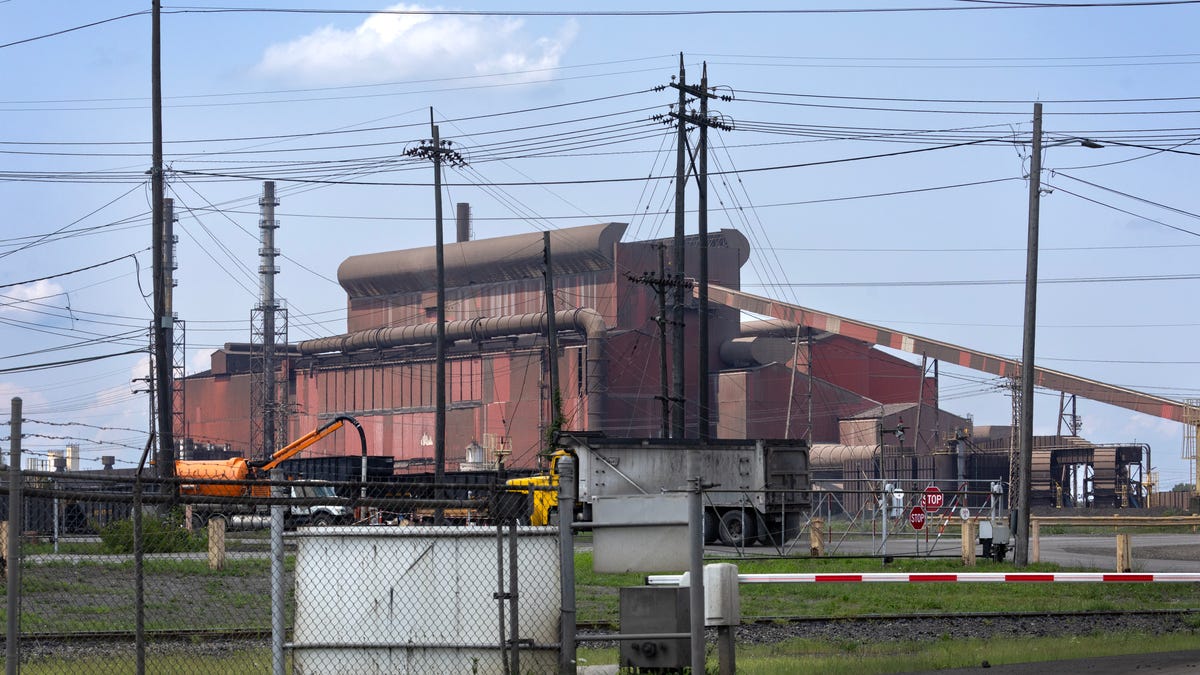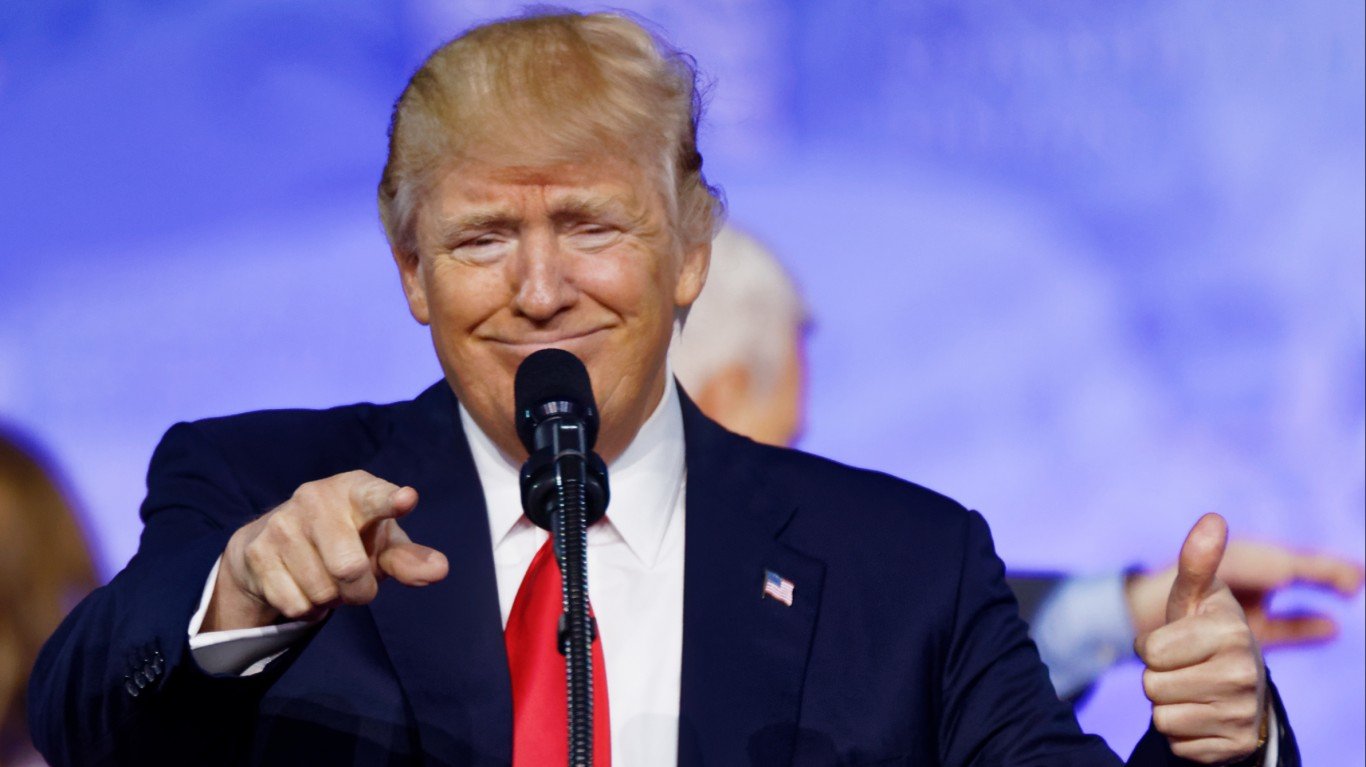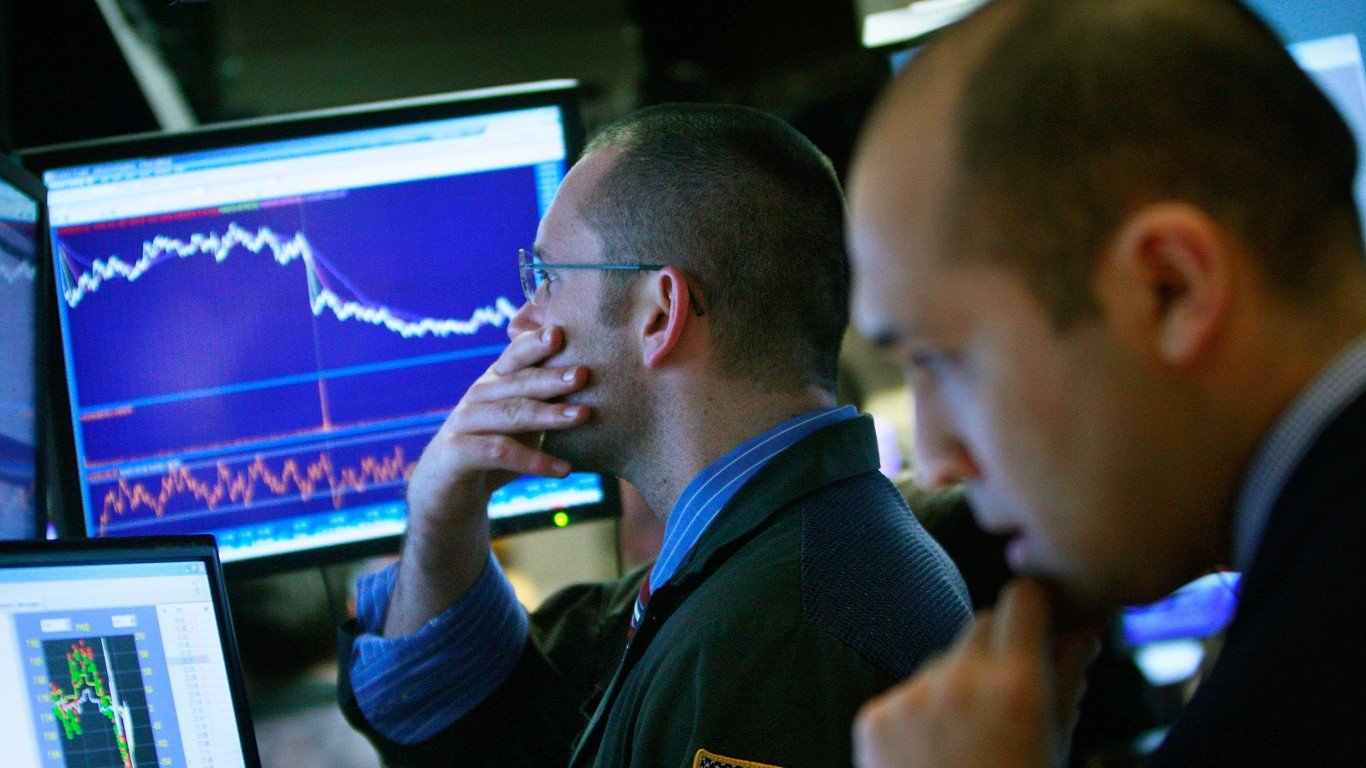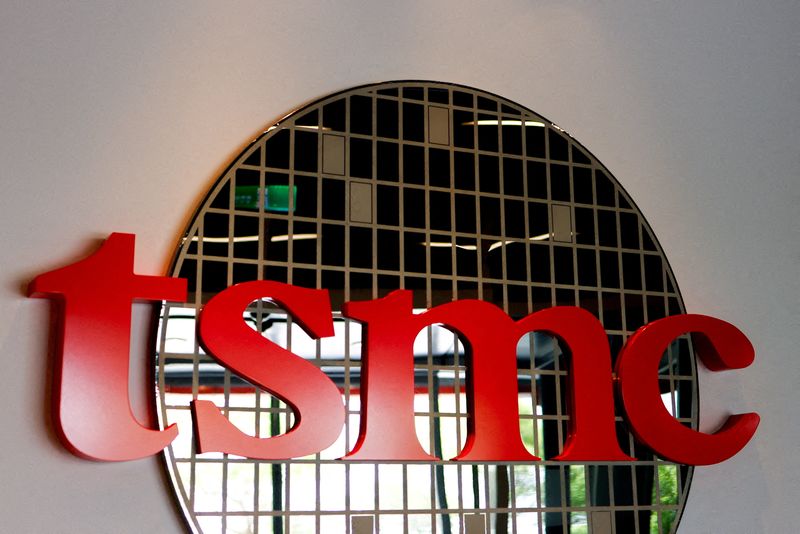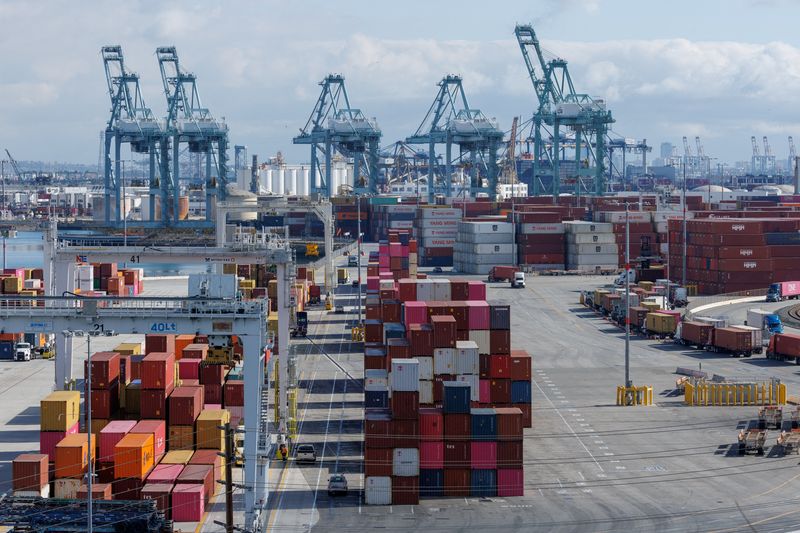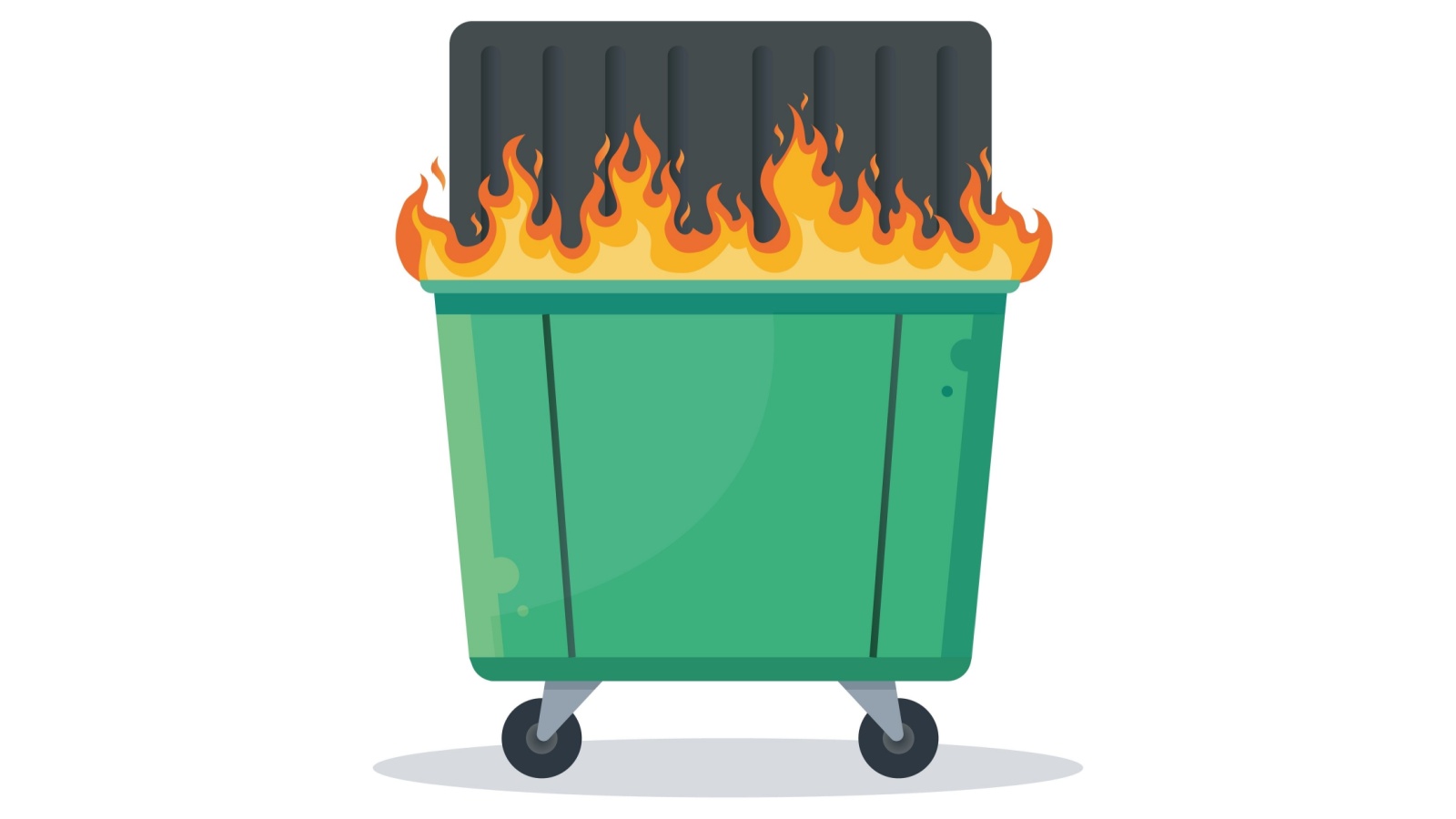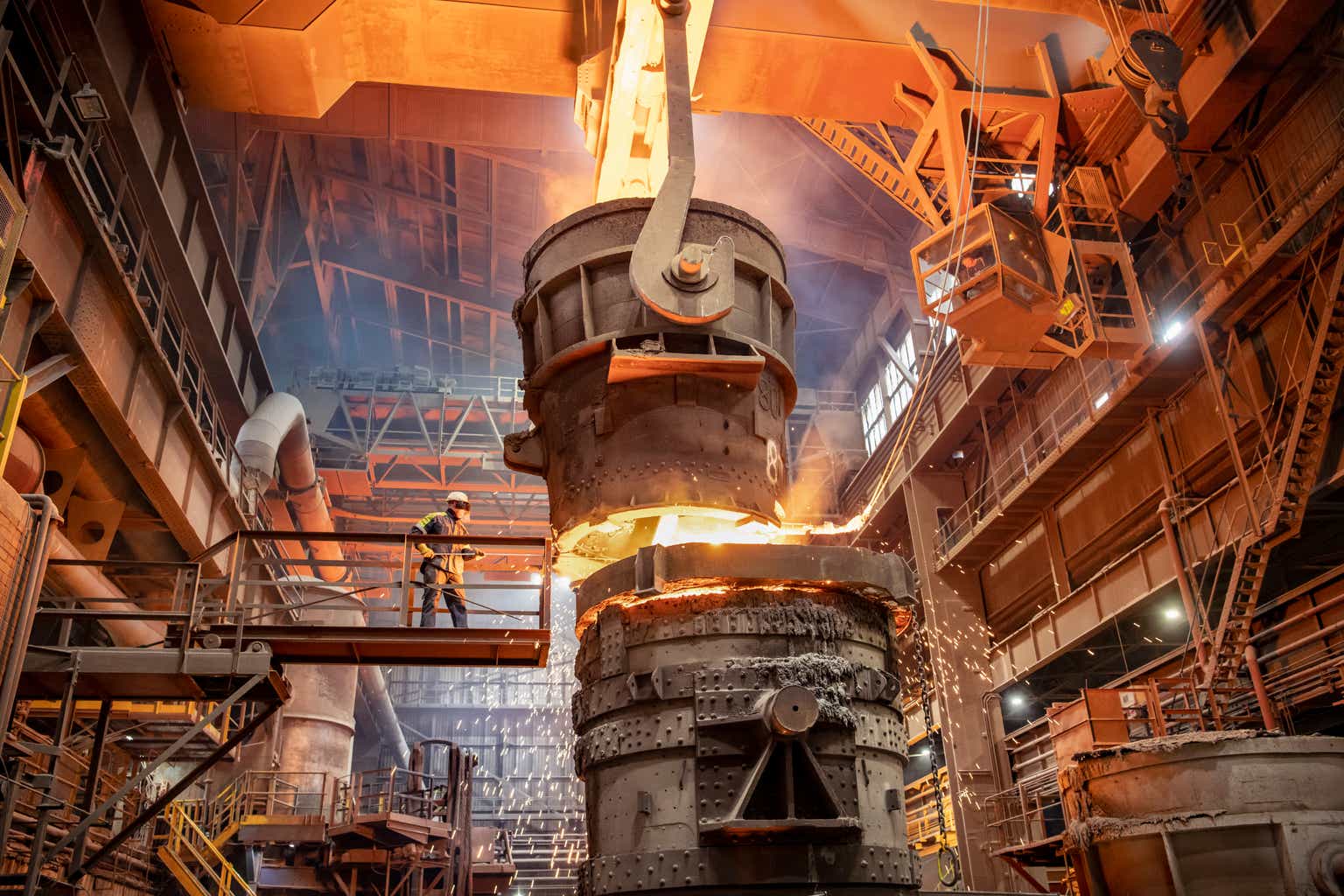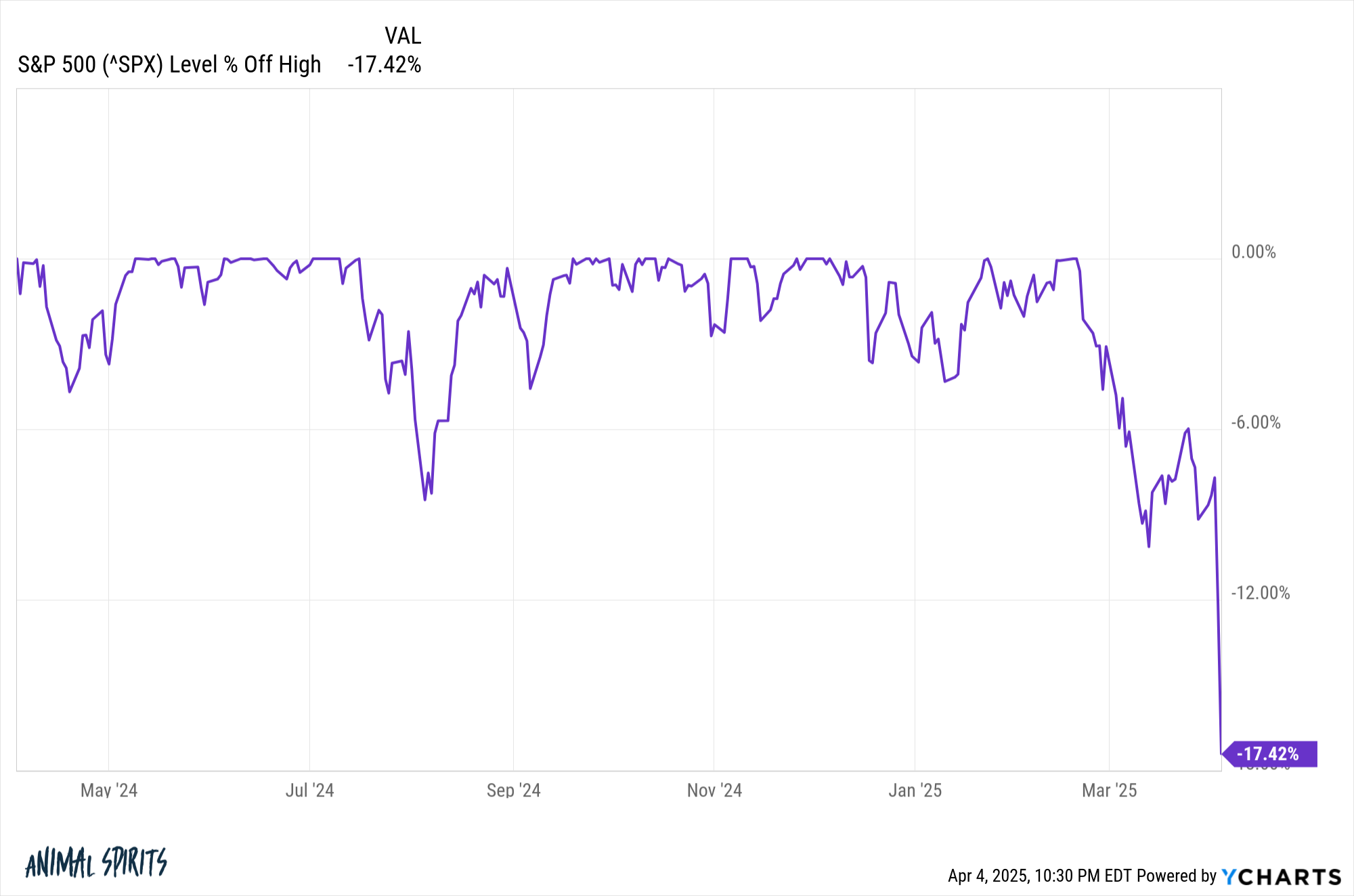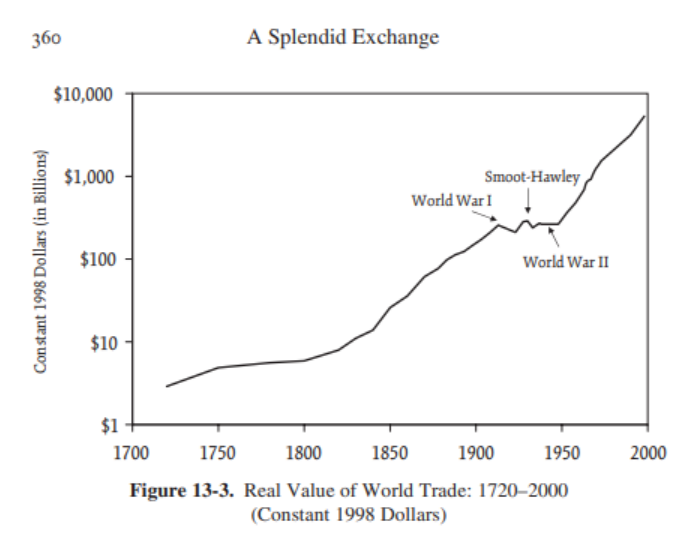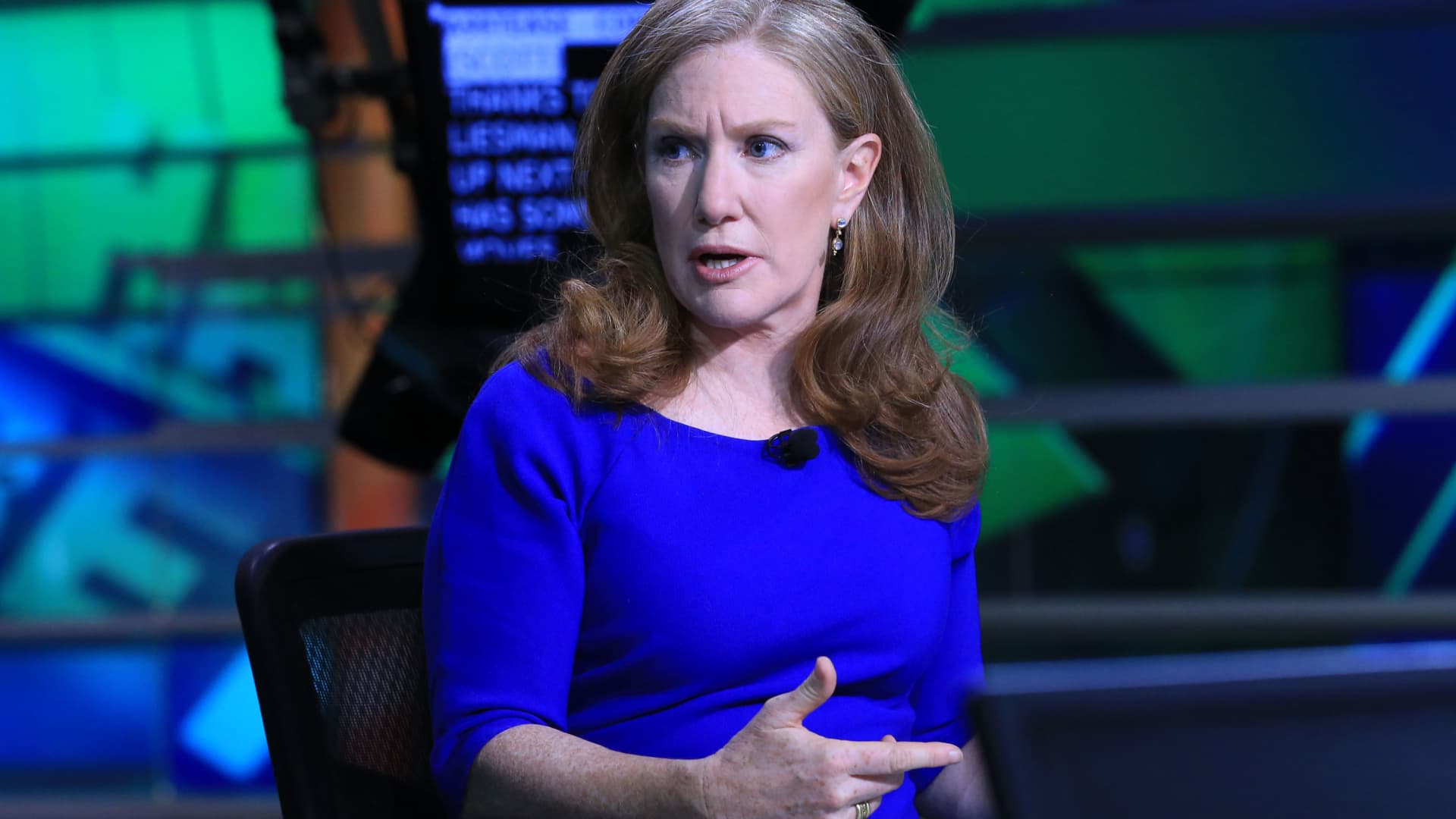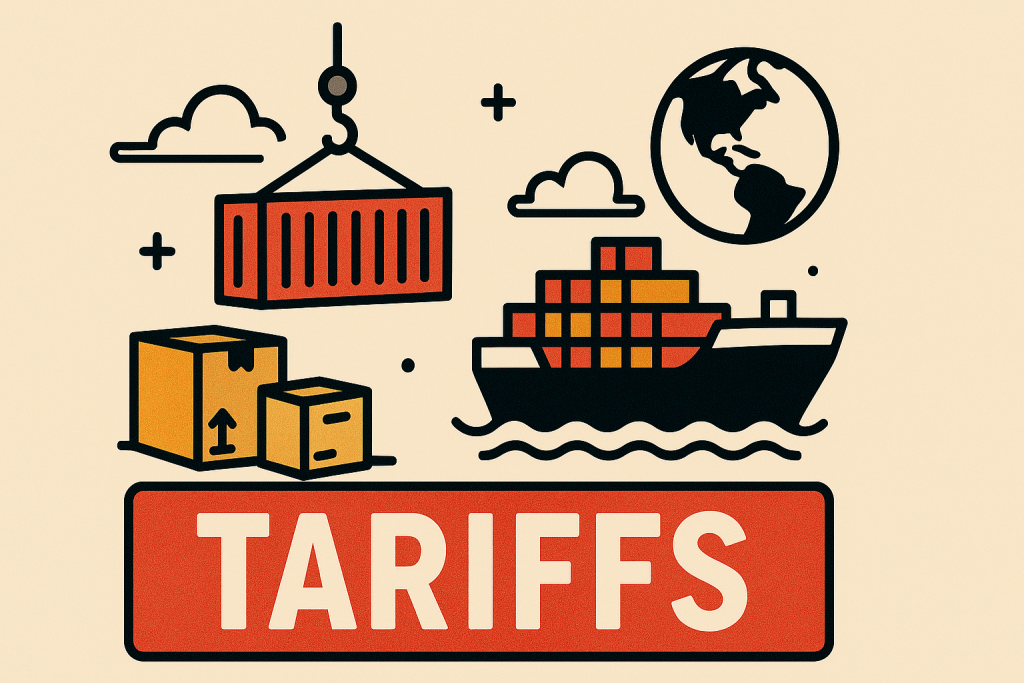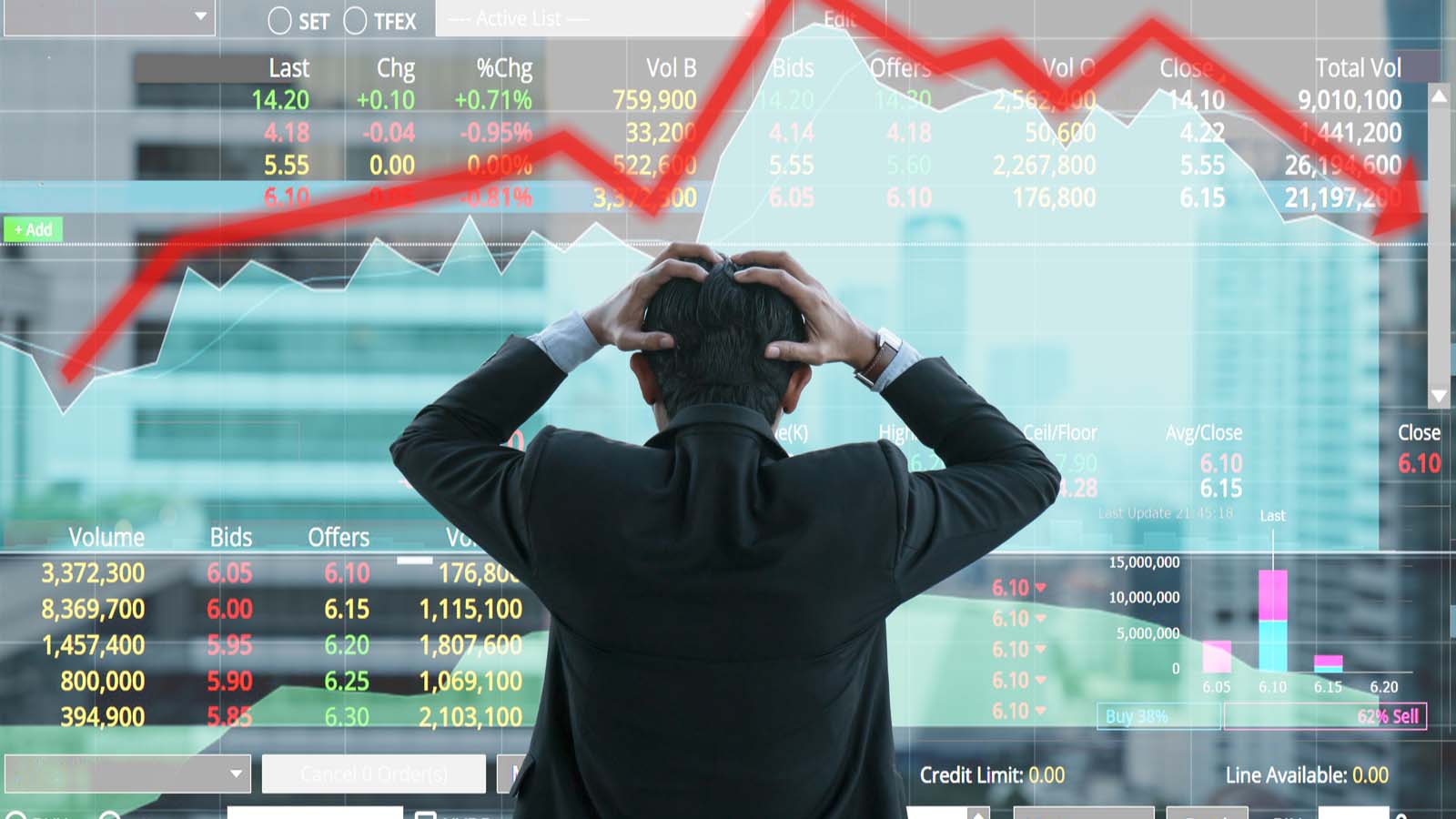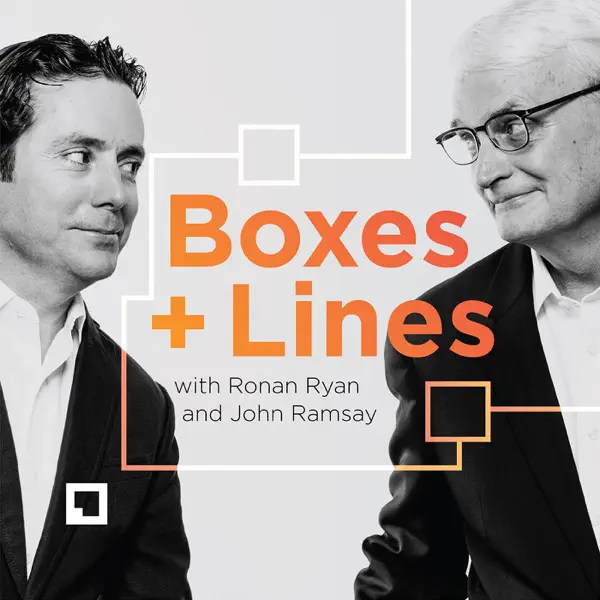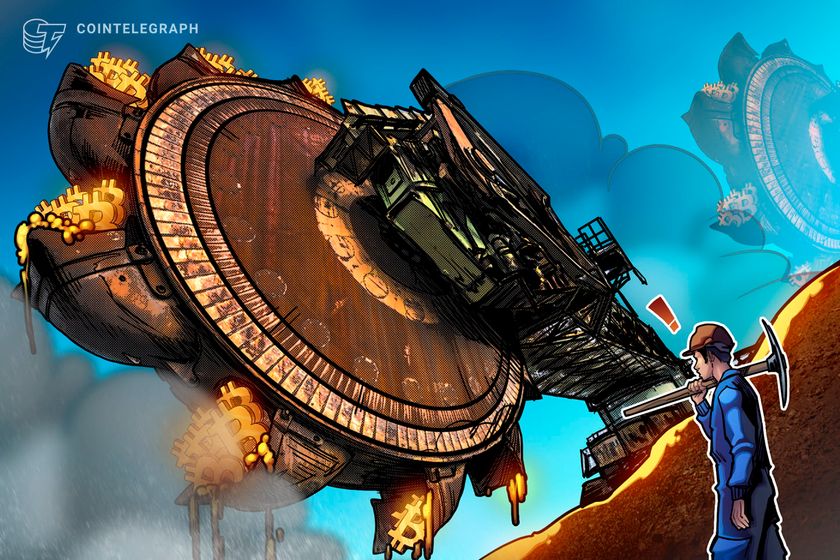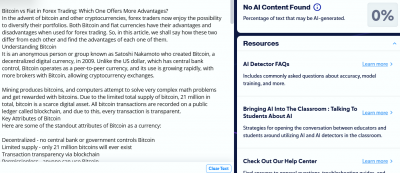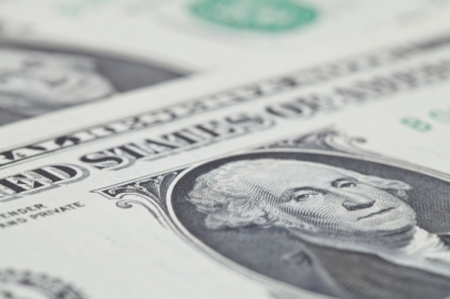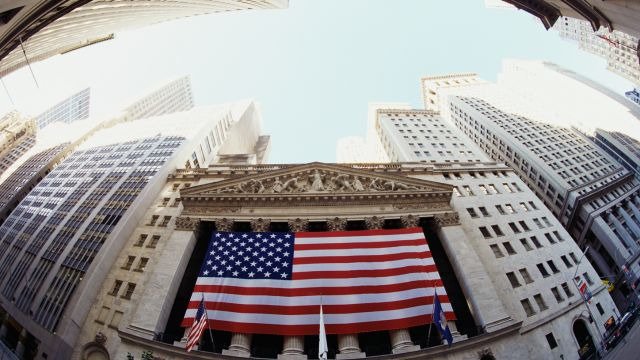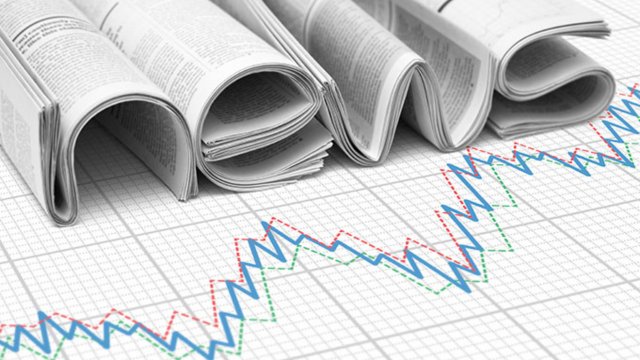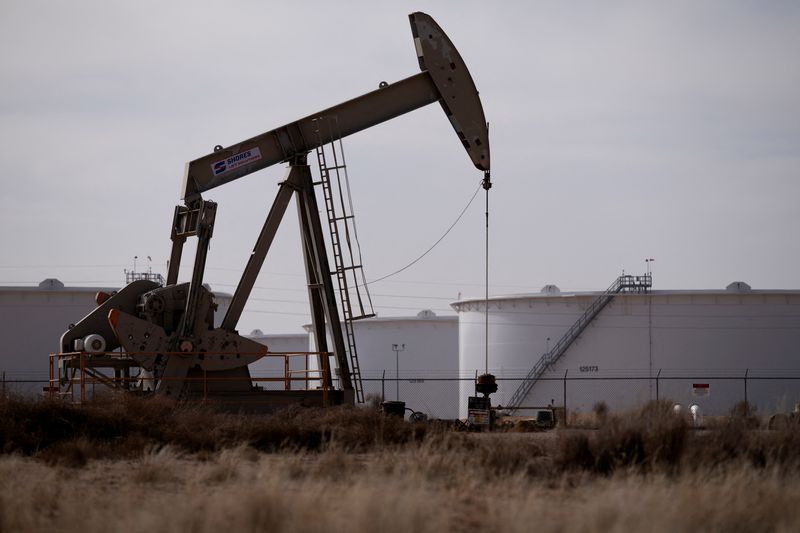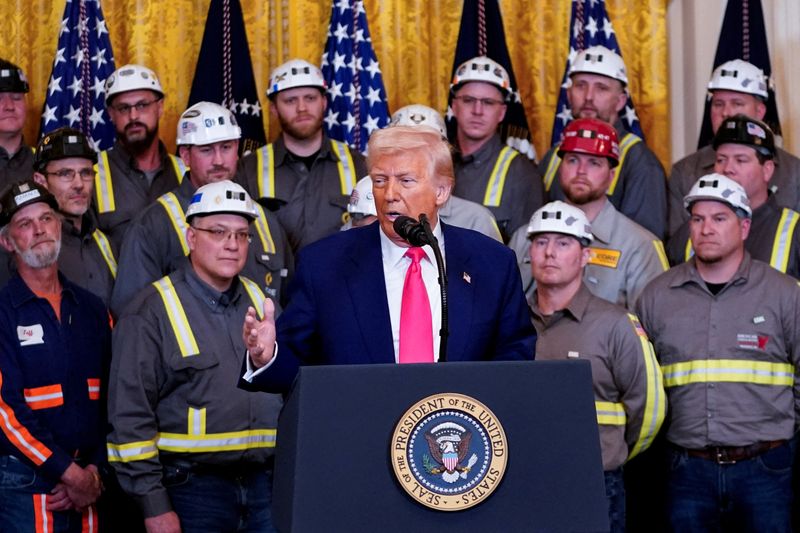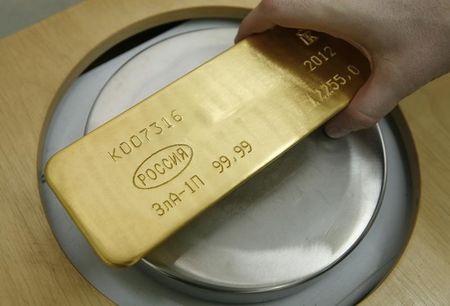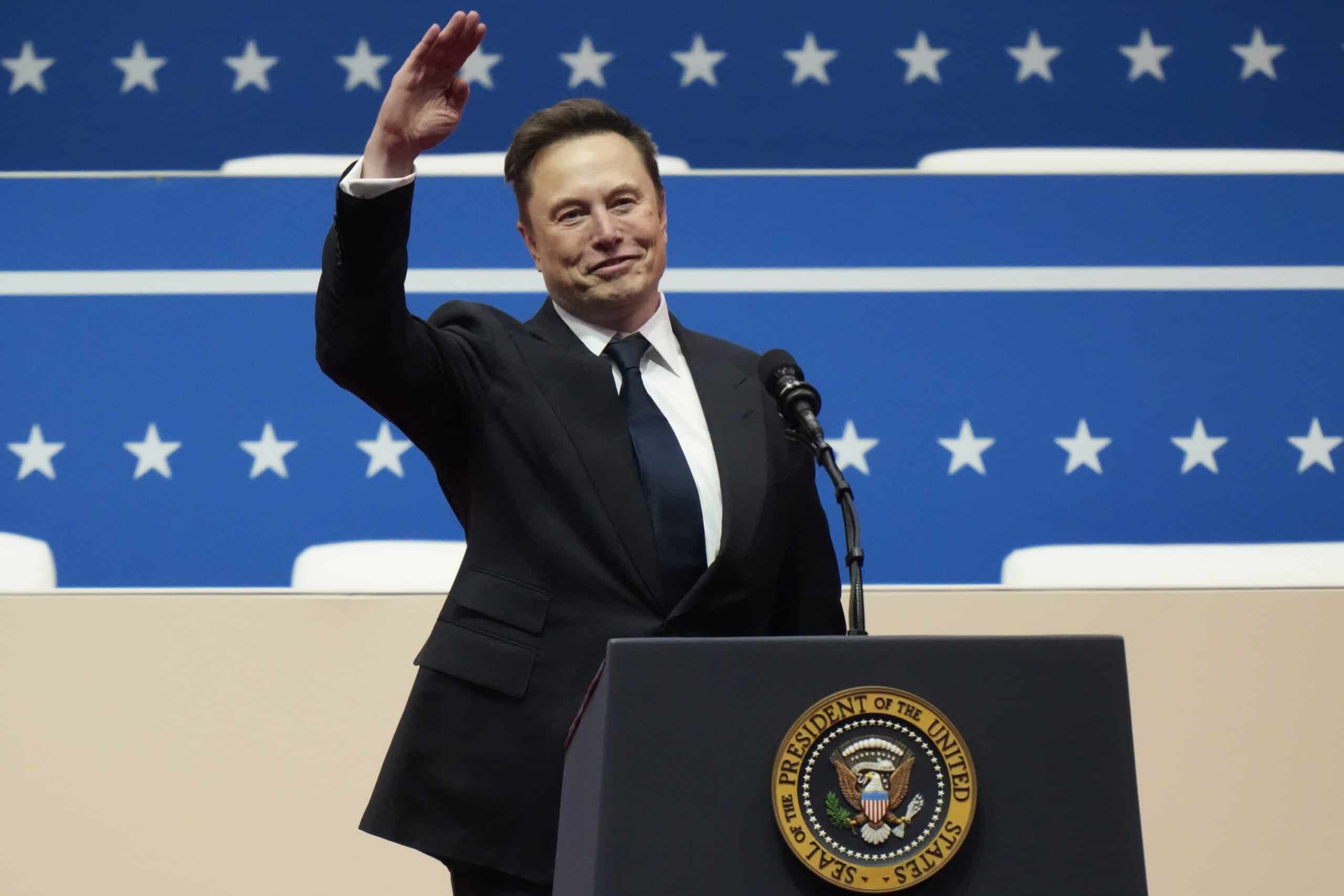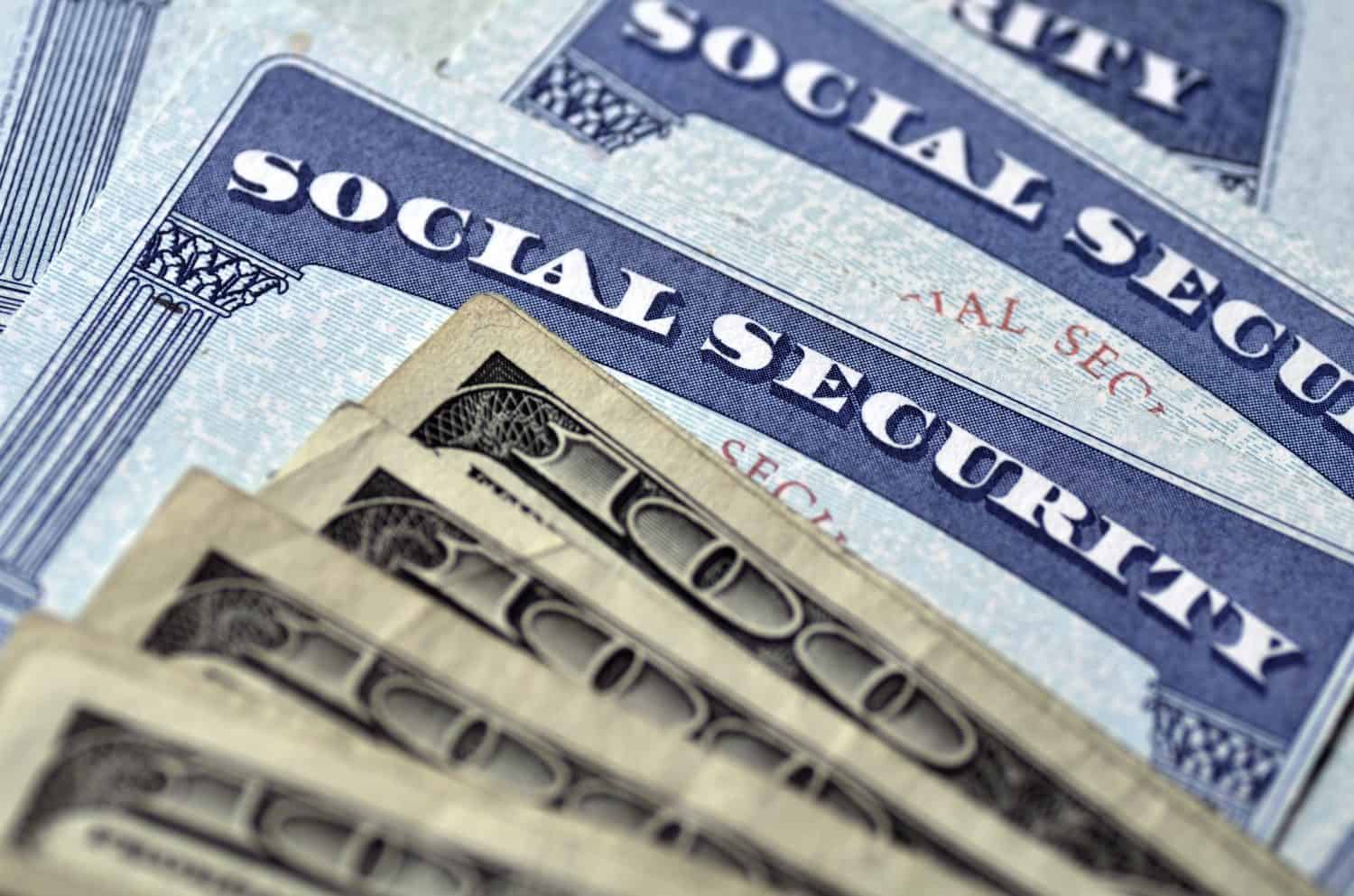With Trump’s Tariff Meltdown, History Tells Us What Happens Next
This post may contain links from our sponsors and affiliates, and Flywheel Publishing may receive compensation for actions taken through them. There have been other tariffs in history we can look to for examples of what comes next There was almost always weakness as a result of tariffs, the difference is in the […] The post With Trump’s Tariff Meltdown, History Tells Us What Happens Next appeared first on 24/7 Wall St..

compensation for actions taken through them.
Key Points
- There have been other tariffs in history we can look to for examples of what comes next
- There was almost always weakness as a result of tariffs, the difference is in the magnitude and duration
- Some stocks performed well in the last recession, but this is a new game with the breadth of the current tariffs
- With the markets in collapse, it’s time to check with a financial advisor and see if your portfolio is positioned to weather the storm. Click here to speak with one now. Don’t worry, it’s free.
A Self Inflicted Wound
Trump’s newly announced tariffs are largely considered a self-inflicted wound. Proponents say the short term pain will be worth it, the critics say tomorrow could be a second Black Monday. Here is famed investor Jim Cramer:
“If the president doesn’t try to reach out and reward these countries and companies that play by the rules, then the 1987 scenario… the one where we went down three days and then down 22% on Monday, has the most cogency,” Cramer said, referencing the historic single-day collapse of the Dow Jones Industrial Average. “We will not have to wait too long to know. We will know it by Monday.”
Fortunately history does offer some guidelines for what to expect next. There were the Smooth-Hawley tariffs in the 1930’s, the Bush steel tariffs in 2002, and Trump’s own tariffs in his first presidency against China. While the current round is far more severe and wide reaching, there are still some clues from history.
Tariffs Set Off Rough Waters, But It’s Not All Bad
Historically, tariffs hurt equity markets, full stop. They often raise costs for businesses and consumers, while stifling international trade. In extreme cases, retaliatory measures from other nations deepen the impact. But the long term magnitude can vary.
-
1930s: Smoot-Hawley Tariffs: worsened the Great Depression by tightening global trade just as the economy needed relief.
-
2002: Bush’s Steel Tariffs: triggered a market wobble but were short-lived, thanks to a recovering U.S. economy.
-
2018–2019: Trump’s First Trade War: caused short-term market declines but ended with a strong 2019 rally, aided by Federal Reserve rate cuts.
If the current round of tariffs trigger a spike in unemployment or inflation, as many are claiming they will, you could see a similar reaction as last time with the Federal Reserve cutting rates to stimulate the economy. The markets now expect the Fed will cut rate 4 times this year, up from just 2 a few weeks ago.
What’s Different This Time, What’s The Same?
These tariffs are far more broad based, and affect every sector. Clothing is particularly hard hit, with many companies like VF Corp (NYSE: VFC) and Nike (NYSE: NKE) relying heavily on manufacturing in Vietnam, and elsewhere. Half of Nike’s products are produced overseas, and the company will realize a double whammy from China’s retaliatory tariffs as it tries to sell in to the country.
It is very unlikely the companies are able to recover quickly as it takes years to onshore manufacturing, it’s unclear they’ll find the labor needed, and a weakened US consumer is unlikely to spend up on branded shoes and jackets.
The jury is out on affordable food chains like Chipotle (NYSE: CMG), Starbucks (Nasdaq: SBUX), and Jack In The Box (Nasdaq: JACK), but if recent history is any guide some mid market eaters trade eating out for affordable fast food and end up boosting shares. While the COVID recession is an imperfect guide with the boom of meal delivery and lockdowns, shares of all three companies outperformed the S&P 500 in the twelve months from March 2020 through March 2021.
You can see returns for each using the chart below:
The post With Trump’s Tariff Meltdown, History Tells Us What Happens Next appeared first on 24/7 Wall St..




















